Painting “Peasant Dance”. In the years 1567-1569, Peter Bruegel performed a number of paintings on the themes of folk life. Apparently, Brueghel managed to create one of his best genre
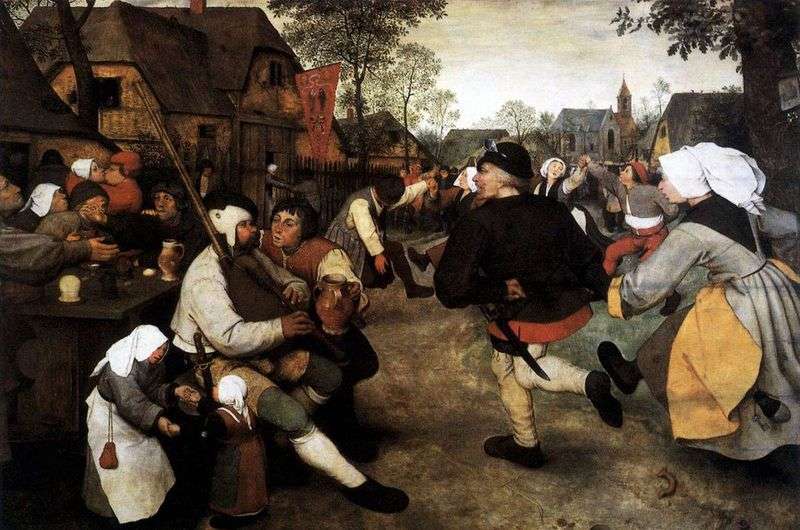

Painting “Peasant Dance”. In the years 1567-1569, Peter Bruegel performed a number of paintings on the themes of folk life. Apparently, Brueghel managed to create one of his best genre
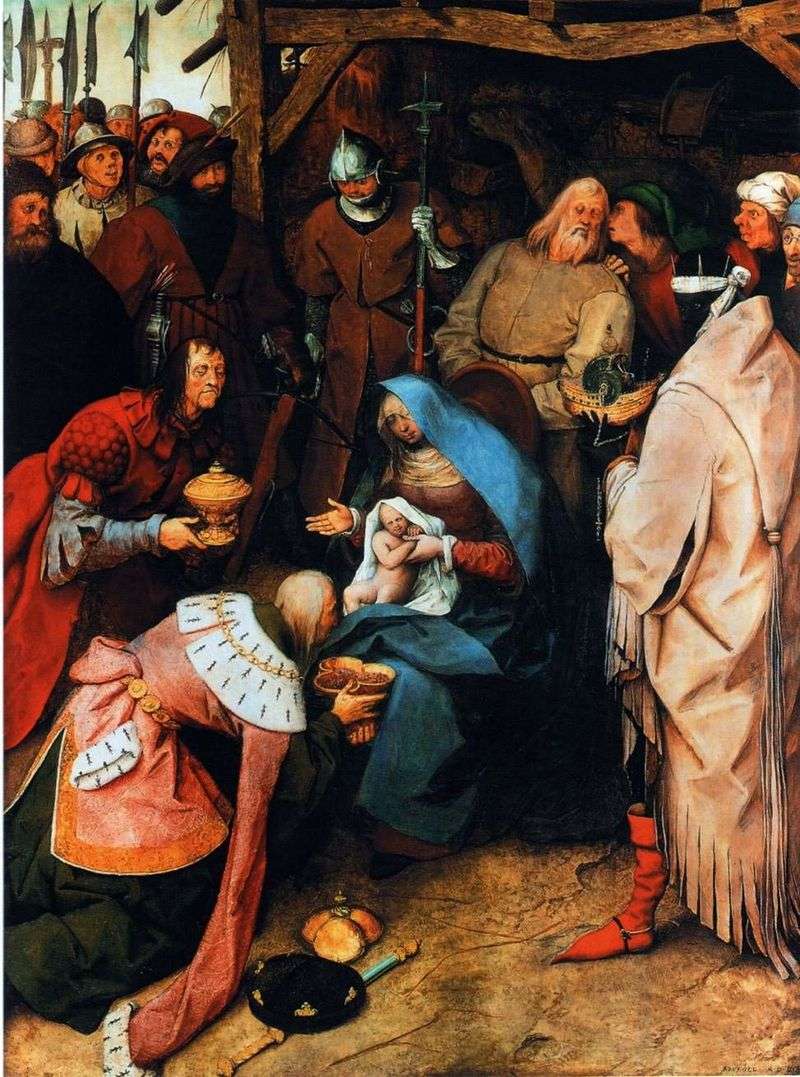
Time to create a picture refers to the period of the Dutch lands – Philip II King of Spain. Peter Bruegel lived and worked in the Spanish Netherlands. While painting
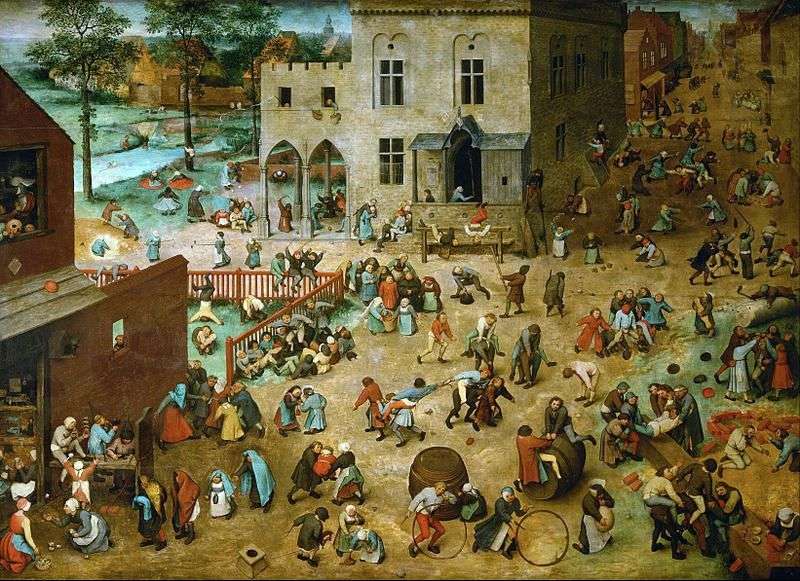
In this picture, the action also takes place in the city. In front of us are the town houses and a long straight street that goes into the distance. But
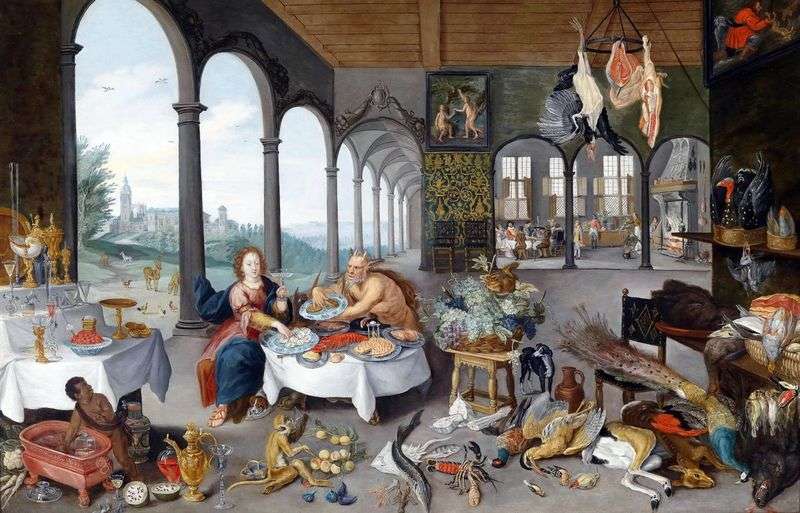
“Allegory of Taste” is a luxurious feast for the eyes. Everything that can be thought of in the field of gastronomy: any beverages and dishes, game and fish, crayfish, lobsters
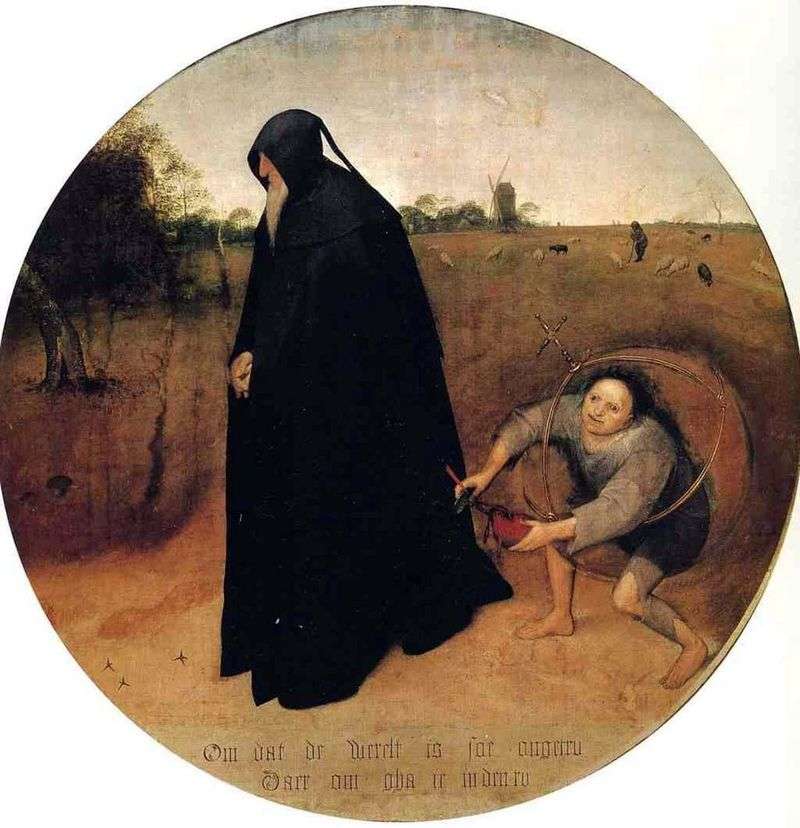
One of the artist’s last paintings, written a year before his death. In it, as in many of his other works, Bruegel reflects on human vices and the frailty of
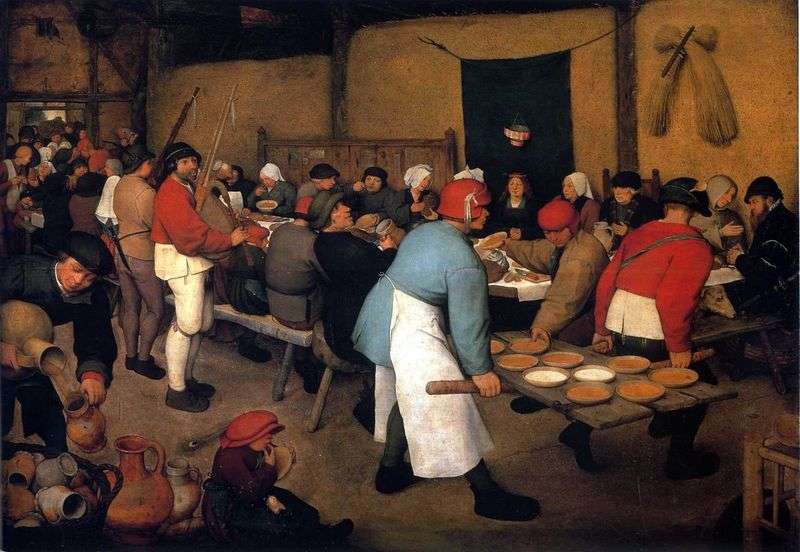
“Peasant wedding”. This picture of Peter Brueghel was purchased by the Duke Ernst in 1594 in Brussels and after a while appeared in Prague in the famous collection of Rudolph
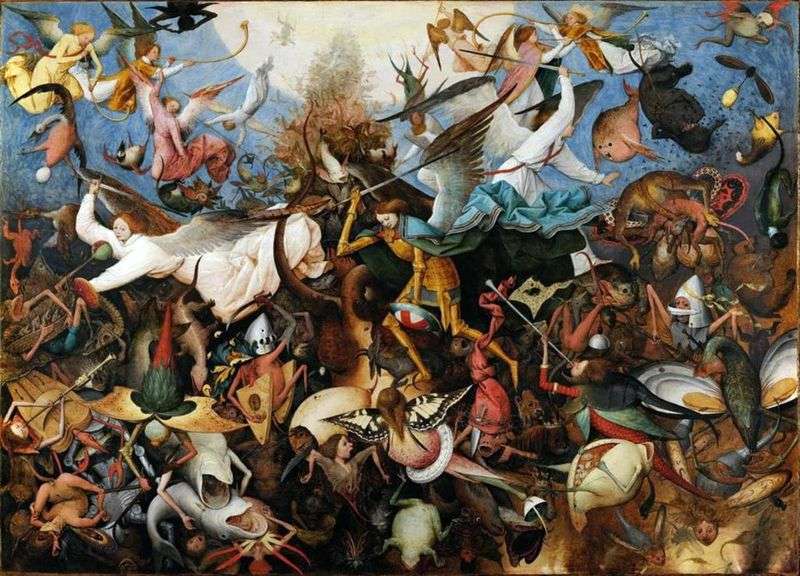
1562 year. Bruegel uses this biblical story as a pretext for depicting demons and devils, whom his contemporaries considered quite real beings. Archangel Michael, depicted in the center, along with

“The Fall of Icarus” is one of the most famous paintings by the Dutch artist Peter Brueghel the Elder. This is the only picture written by Bruegel on the mythological

Magpie on the gallows – a picture of Peter Brueghel the Elder. Written in 1568 by oil on wood. It is kept in the museum of the land of Hesse
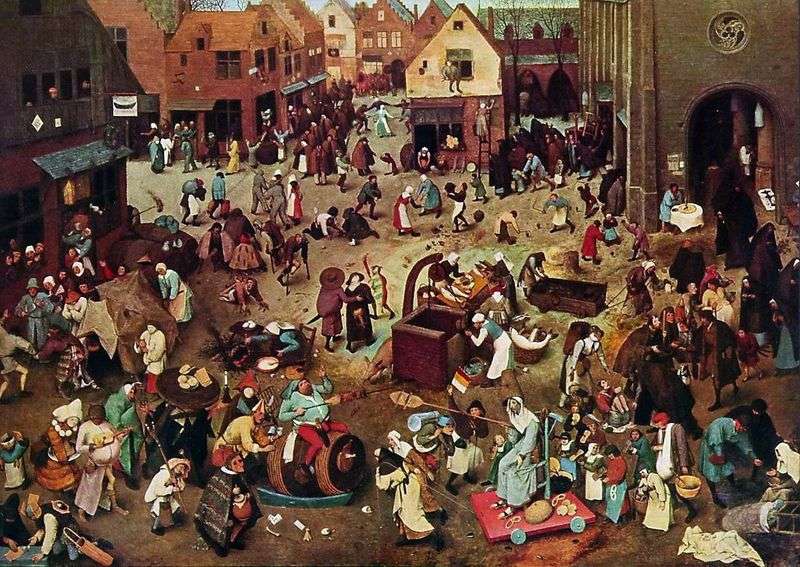
The painting of Peter Bruegel “Carnival and Fast” has a direct relationship to the theatrical genre of farce. The essence of the plot of the picture is the confrontation between
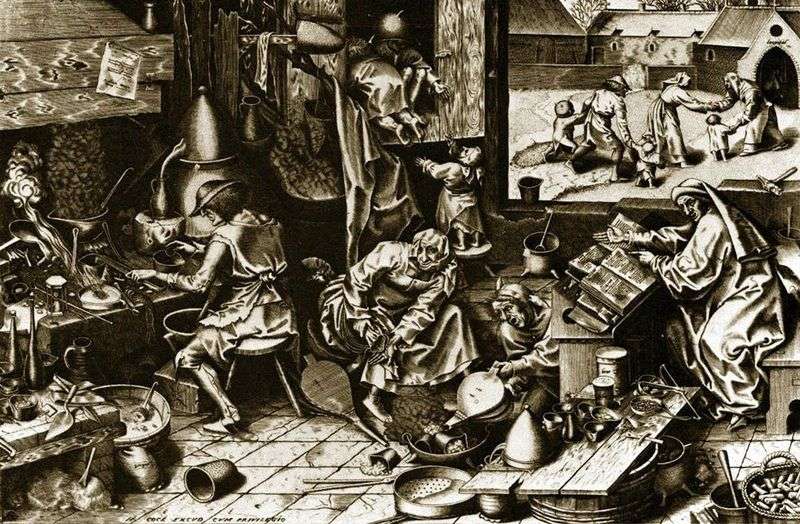
In 1555, the leading Antwerp print publishing publisher Hieronymus Kok produced a series of landscape engravings by Brueghel; their joint cooperation continued until the artist’s death. In the same years,
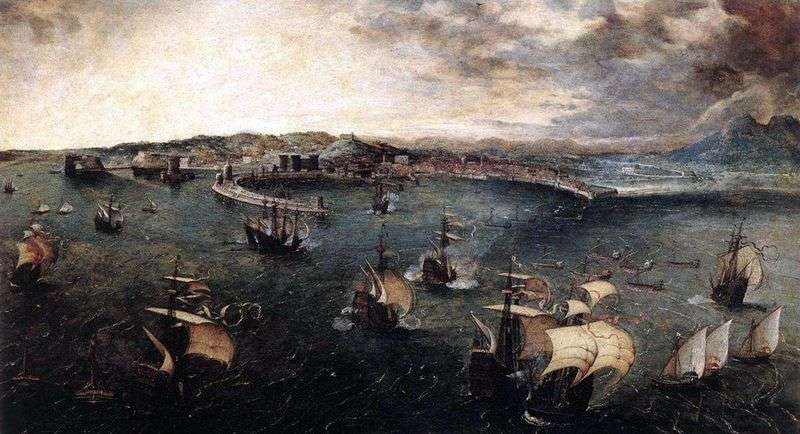
Painting “Sea battle in the harbor of Naples” or “Neapolitan harbor”. The artist’s earliest pictorial and graphic works combine Alpine and Italian impressions and motives of native nature, artistic principles
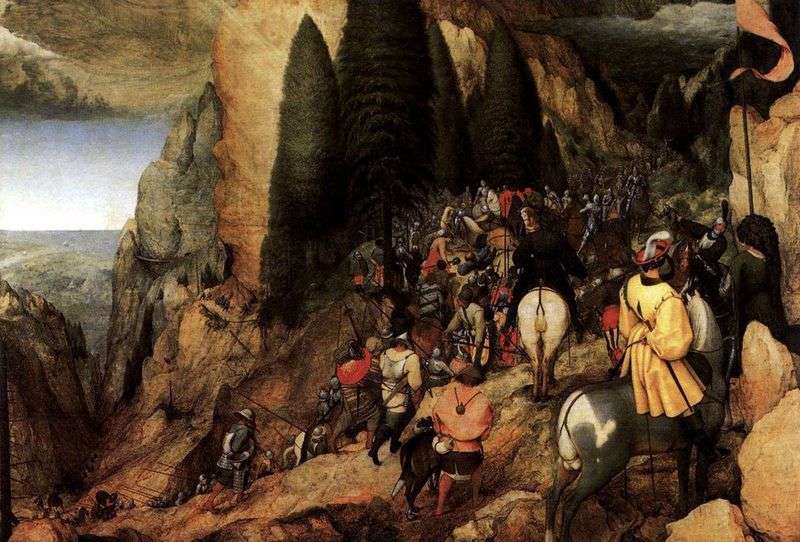
The painting “The Conversion of Saul” written by Peter Bruegel oil on wood in 1567. At the heart of the painting “Conversion of Saul” is a widely known biblical story.
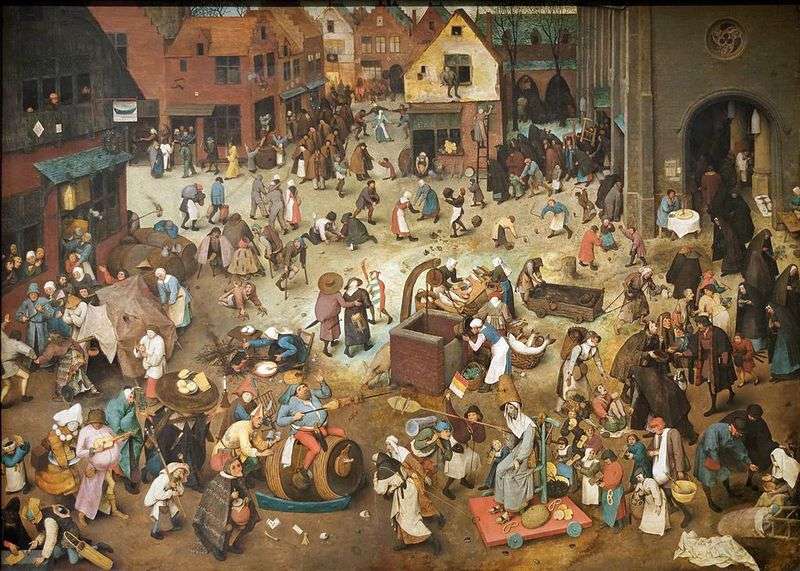
The theme of the painting is called “Inverted World”. In front of us is the square of a medieval city with a church, a tavern, houses with arched roofs. In
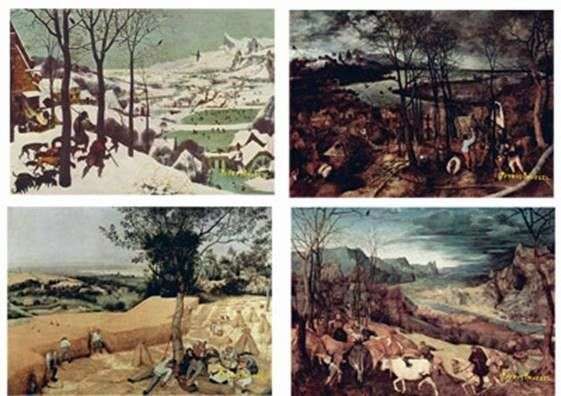
Over the cycle of paintings “Seasons” Brueghel worked hard and hard throughout 1565. This cycle has for many years caused a stormy debate among researchers. Art critics can not agree
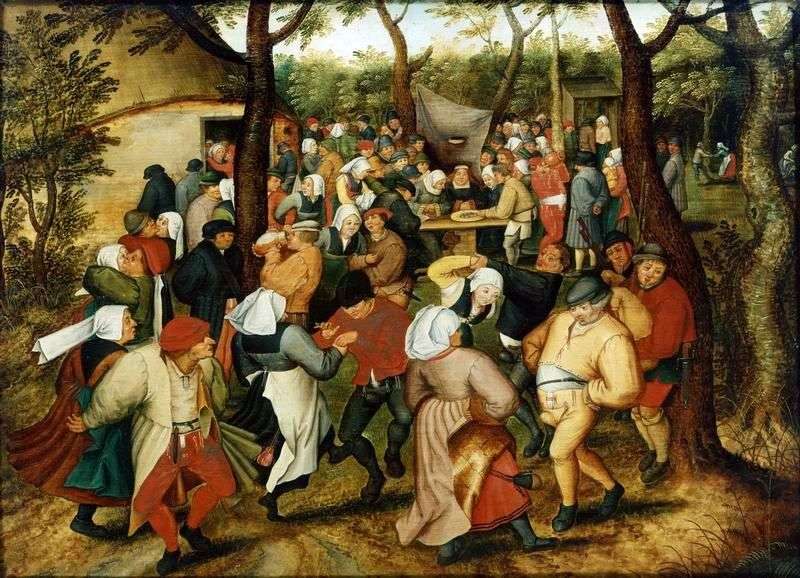
The painting “Wedding Dance” shows the fun reigning at a crowded peasant wedding. In total, the picture can be counted 125 people. The painting is written in bright, contrasting colors.
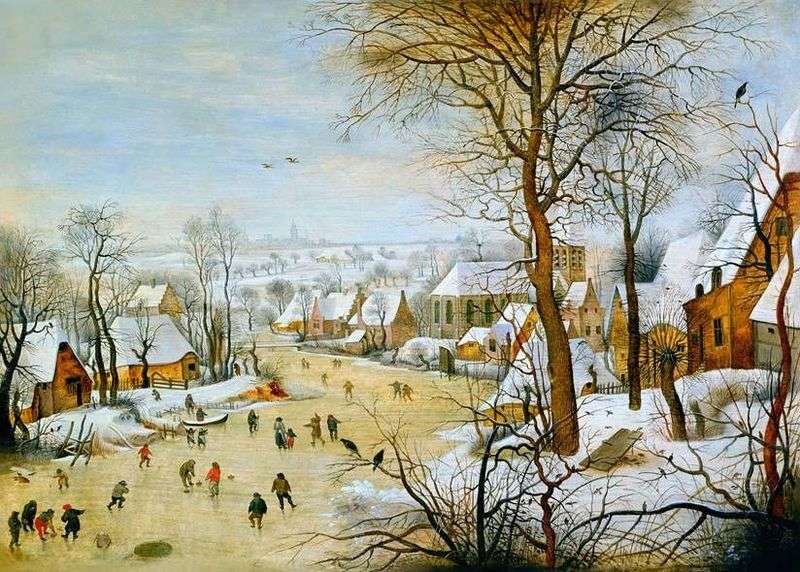
The complex and profound art of Peter Brueghel the Elder was a kind of spiritual commentary of the era. Pictures and drawings by Bruegel could successfully claim the role of
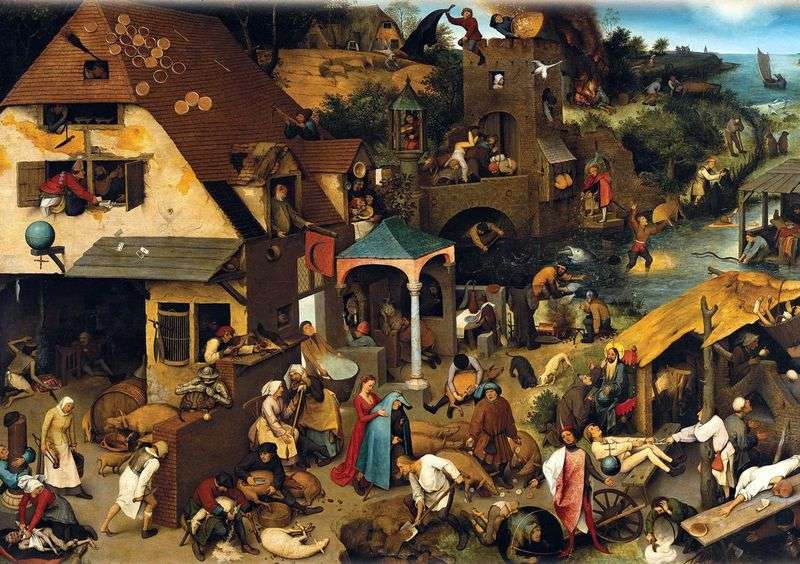
The picture also has a number of other names – “Flemish proverbs”, “The world is upside down”. The picture is a kind of encyclopedia of popular sayings of the 16th
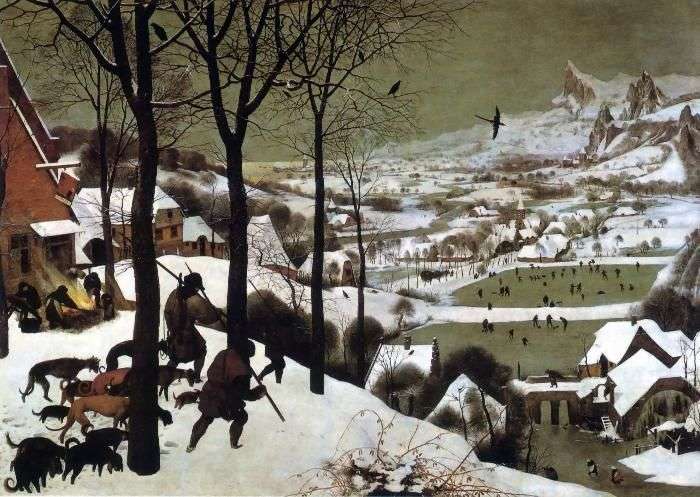
“The Return of the Hunters” is one of a series of paintings devoted to individual months. Beginning of such series, recall, put the illustrated medieval calendars, and in the scene
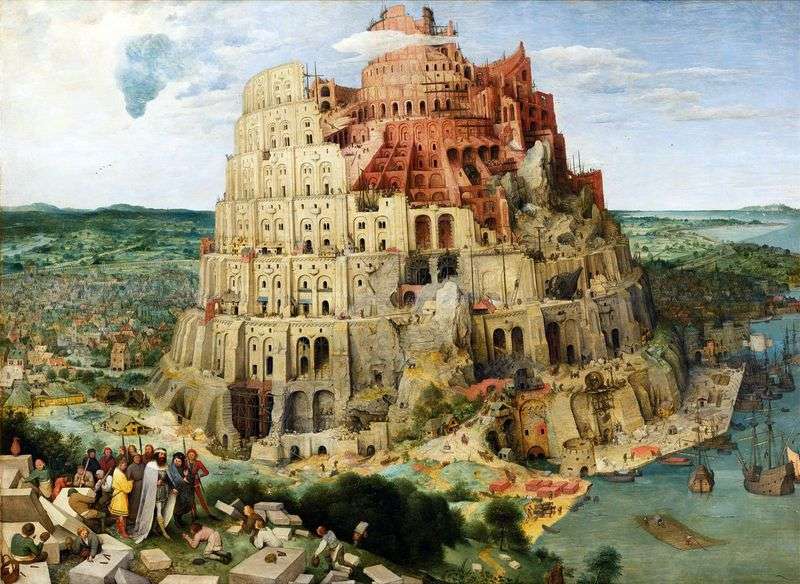
“The Tower of Babel” – a famous painting by the artist Peter Brueghel. The artist created several paintings on this subject. This work is based on the biblical allegory of
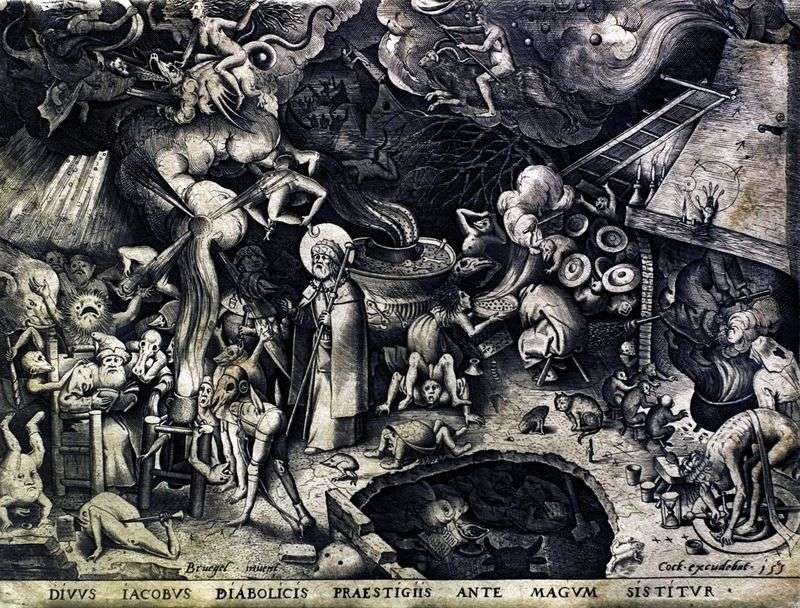
Engraving of the artist Peter Bruegel “Saint Jerome” from the series “Virtues” depicts a saint during his stay in the Syrian desert, where Jerome was tempted and tempted. Blessed Jerome